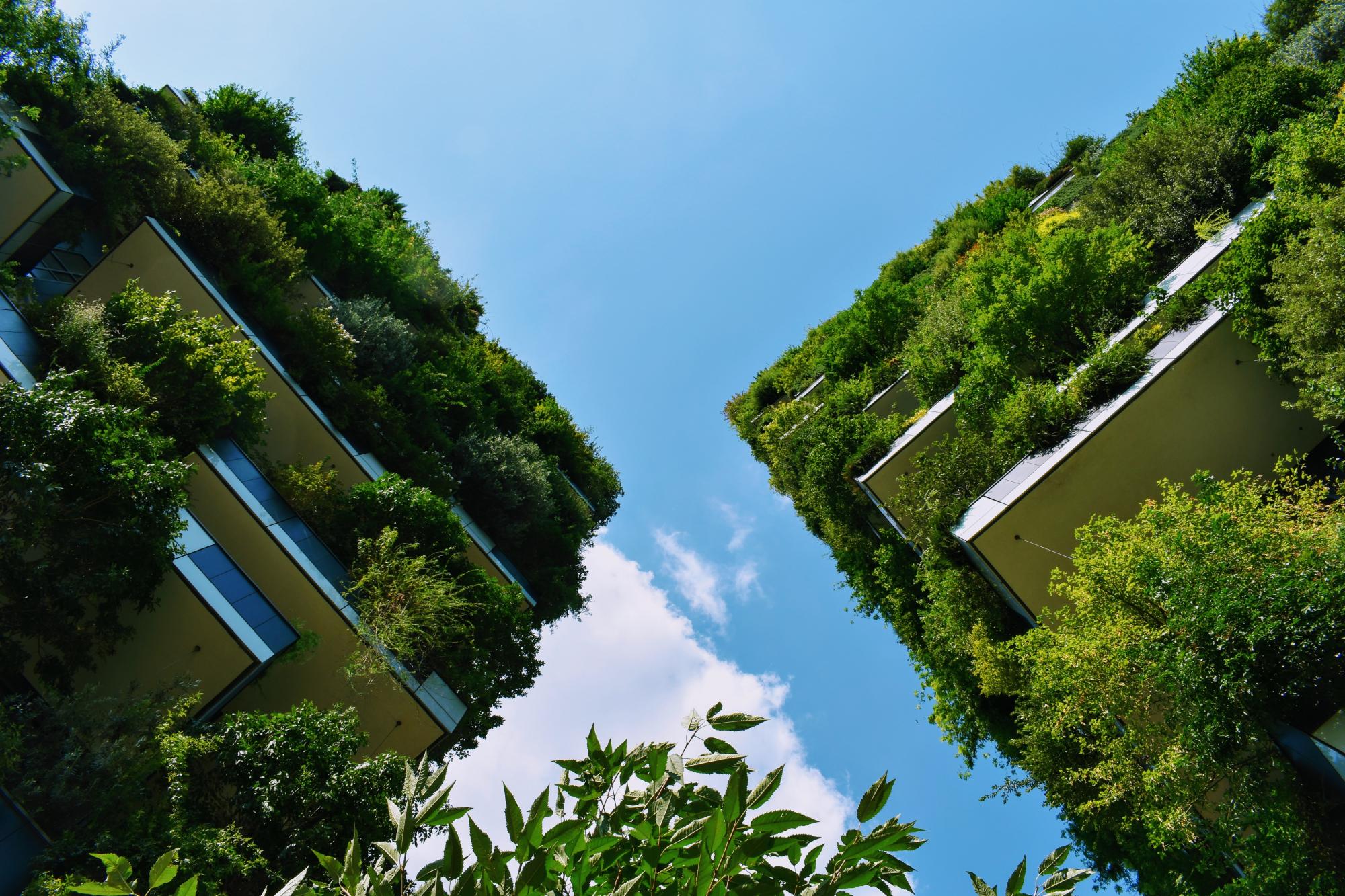Last updated: June 2024
This project aimed at the reconstruction of the Lepiku channel that is part of the drainage system, which starts next to the Tallinn Botanic Garden and includes wetlands, detention ponds, ditches and channels and flows into the Pirita river. The aim of the project was to improve the quality of the stormwater that flows into the Pirita river which is a Natura 2000 site and flows into the Baltic Sea. The work included: widening of channel bottom in different segments, creating artificial dykes and rapids and creating suitable conditions for the aquatic plants exhibited in Botanic Garden (ref 1). With the project, 200m of the channel was reconstructed (ref. 5).
Overview
Nature-based solution
- Blue infrastructure
- Lakes/ponds
- Rivers/streams/canals/estuaries
- In-land wetlands, peatlands, swamps, and moors
- Green areas for water management
- Sustainable urban drainage systems
Key challenges
- Climate action for adaptation, resilience and mitigation (SDG 13)
- Climate change adaptation
- Environmental quality
- Waste management
- Green space, habitats and biodiversity (SDG 15)
- Green space creation and/or management
- Water management (SDG 6)
- Stormwater and rainfall management and storage
- Improvements to water quality
Focus
Creation of semi-natural blue areas, Management and improved protection of rivers and other blue areas, Protection of natural ecosystems, Improved governance of green or blue areas
Project objectives
1. The aim was to improve the quality of the stormwater that flows into the Pirita river (ref 1)
2. Pollutants Removal (ref 1) - to create a natural purification process in order to decrease the quantities of particles in the water (ref. 5)
2. To show citizens privileges of a watercourse - water elements diversify nature and bring recreational values (ref 3)
Implementation activities
Reconstruction and cleaning of the Lepiku channel so that cleaner water will flow into the Botanic Garden’s ponds and later in Pirita river and in the Gulf of Finland – and improving the ecological status of water. (ref 1)
1. parts of the old construction were removed- All stumps on the right side of the watercourse were erased, while roots were left as a natural barrier for erosion.
2. culverts were cleaned and replaced where needed.
3. plants added along the coarse both on the bottom and sides.
(ref 3)
Climate-focused activities
Climate change adaptation:
- Restore wetlands and/or coastal ecosystems to dissipate the effects of flooding and/or storms
- Implement sustainable urban drainage infrastructure (e.g. to make space for water)
- Renaturalization of rivers and other water bodies
Main beneficiaries
- National-level government
- Local government/Municipality
- Citizens or community groups
Governance
Management set-up
- Co-governance with government and non-government actors
Type of initiating organisation
- EU body
Participatory approaches/ community involvement
- Dissemination of information and education
Details on the roles of the organisations involved in the project
Project was financed by the EU LIFE+, Ministry of the Environment of Finland and City of Tallinn. Tallinn University - Carried out a surveys to find out the attitude of people towards environmental protection measures and their practice. Private actor - 4People O - design was made by Gen Mandre from 4people OÜ (ref 1)
Project implemented in response to ...
... an EU policy or strategy?
Yes
(water framework directive EU : Achieving good ecological quality of waters by 2015 (ref 1))
... a national policy or strategy?
Unknown
... a local policy or strategy?
Yes
(1. Development plan of Tallinn 2009-2027 (ref1)
2. Tallinn Environmental Strategy 2030 (ref1)
3. Tallinn public water supply and sewerage development plan 2010-2021
4. Tallinn stormwater strategy to 2030)
Financing
Total cost
€10,000 - €50,000
Source(s) of funding
- Public local authority budget
- Public national budget
- EU funds
Type of funding
- Direct funding (grants, subsidies, or self-financed projects by private entities)
Non-financial contribution
Unknown
Impacts and Monitoring
Environmental impacts
- Water management and blue areas
- Improved water quality
- Improved stormwater management
- Green space and habitat
- Increased conservation or restoration of ecosystems
Economic impacts
- Unknown
Socio-cultural impacts
- Cultural heritage and sense of place
- Increased appreciation for natural spaces
- Education
- Increased knowledge of locals about local nature
- Increased awareness of NBS and their benefits
Type of reported impacts
Expected impacts, Achieved impacts
Presence of formal monitoring system
Yes
Presence of indicators used in reporting
Yes
Presence of monitoring/ evaluation reports
No evidence in public records
Availability of a web-based monitoring tool
No evidence in public records
References
1. Natural Water Retention Measures. (n.d.) Reconstruction of the Lepiku channel in Tallinn's Botanic Garden, Estonia. Case Study . Available at: Source link (Accessed: 18 July 2020)
2. EU EIP Water. (n.d.) NWRM Case Study 116 - Reconstruction of the Lepiku channel in Tallinn's Botanic Garden, Estonia. Available at: Source link (Accessed: 18 July 2020)
3. City Water. (n.d.). Storm water handling. Available at: Source link (Accessed: 18 July 2020)
4. City of Tallinn. (n.d.). Waste water management. Available at: Source link (Accessed: 18 July 2020)
5. City Water. (n.d.). Sustainable storm water solutions for greener cities. Availabe at: Source link (Accessed: 18 July 2020)
6. Natural Water Retention Measures. (n.d.). Channels and rills. Available at: Source link (Accessed: 18 July 2020)
2. EU EIP Water. (n.d.) NWRM Case Study 116 - Reconstruction of the Lepiku channel in Tallinn's Botanic Garden, Estonia. Available at: Source link (Accessed: 18 July 2020)
3. City Water. (n.d.). Storm water handling. Available at: Source link (Accessed: 18 July 2020)
4. City of Tallinn. (n.d.). Waste water management. Available at: Source link (Accessed: 18 July 2020)
5. City Water. (n.d.). Sustainable storm water solutions for greener cities. Availabe at: Source link (Accessed: 18 July 2020)
6. Natural Water Retention Measures. (n.d.). Channels and rills. Available at: Source link (Accessed: 18 July 2020)



